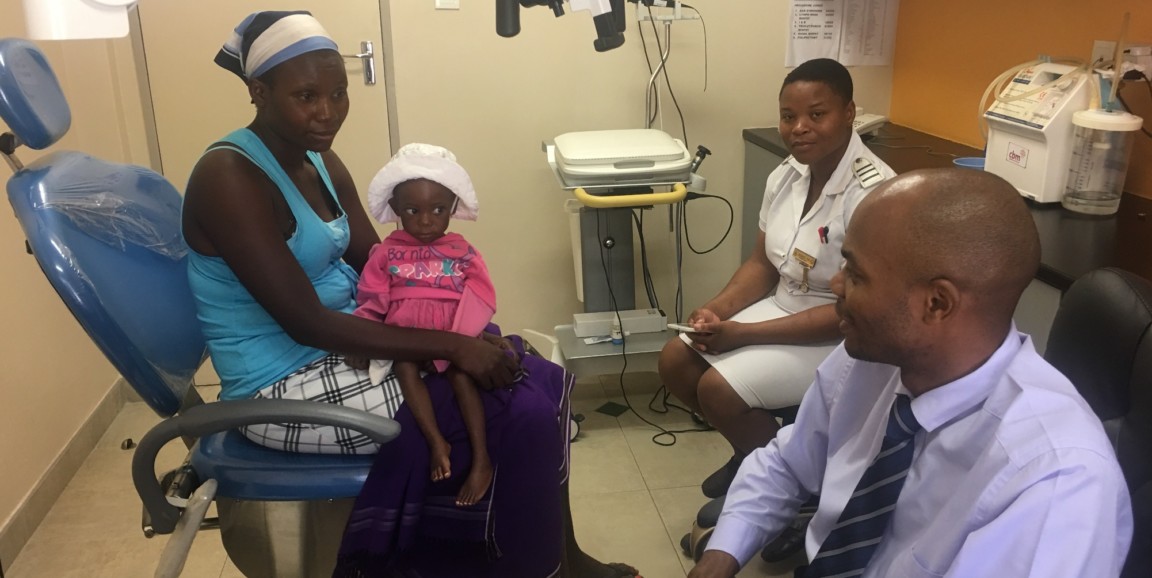For far too many years Zimbabwean surgeon Clemence Chidziva, MD, found himself operating on children who had shown up at the hospital with emergencies that began as nothing more than common ailments of the ear, nose and throat.
Chidziva wanted to fix what he saw as a widespread problem throughout the country, so he came up with a plan to open a new clinic that specialized in providing ENT services to children. As he explained to me: "There's a common misperception in Zimbabwe that ENT problems in children are trivial. Parents think that continually running noses in their children, constant snoring and painful ear infections are just a way of life."
I recently wrote about the journey to open this new pediatric ENT clinic, the first such clinic in Zimbabwe and only the second in Africa. The journey began back in 2015 with Chidziva first setting about to raise funds, then recruiting an expert in pediatric ENT at Stanford, Peter Koltai, MD, as a volunteer adviser. The doors opened in 2017, with 3,500 children traveling by bus across bad roads to the capital city of Harare to get care for a wide range of ailments.
Many of the ailments I describe in the story are no longer problems here, but remain big problems in developing countries: "untreated ear infections that lead to perforated eardrums and often deafness; HIV infections that cause repeated ear and throat disorders; congenital neck masses; ingested button-cell batteries lodged in airways; leeches that crawl into the ears of babies left to play in the grass, causing uncontrollable bleeding."
For Koltai, helping with this project has been life changing. "Clemence had a vision, and I bought into it," he told me. "This project resonated with my goals of seeing the footprint of pediatric otolaryngology spread far and wide. I would supply some of the experience, and Clemence supplied the leadership."
He added:
When I first arrived, I saw the fragility of this medical system. The lack of supplies, questionable water and electricity, the marginal cleanliness outside of critical areas in the hospital. There were no fiber-optic capabilities -- that is, medical equipment used for internal examination of the body -- and no record-keeping for patients. But I also saw the dedication of these doctors, who were working under conditions we would find almost intolerable at Stanford.
The team that together opened the clinic now hopes it will become a model that can be replicated throughout Africa. In May, they organized PENTAfrica, the first international symposium to advance pediatric otolaryngology in the continent. And, as Chidziva said, "We're hoping our new clinic will plant a seed in each and every country in Africa."
Photo by Peter Koltai




